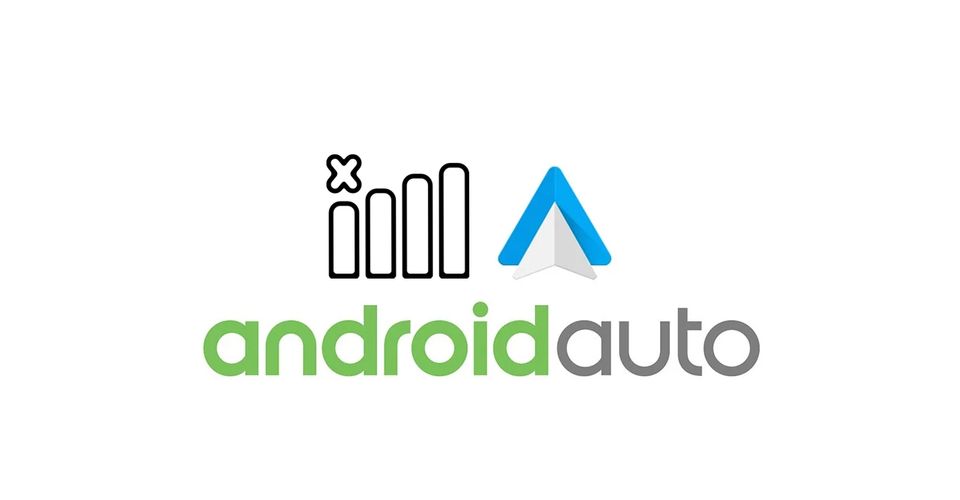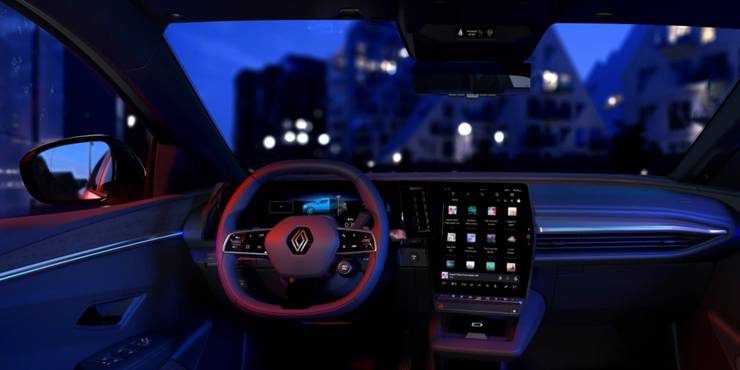Android Auto Keeps Disconnecting: What To Do & Solutions To Try

Android Auto disconnects can be common and the list of suggestions a person can try to fix them is a little absurd. For example, many owner’s manuals suggest things like bringing your vehicle to a manufacturing facility or contacting the dealership. While it’s possible those could be viable, last-ditch options, there are some things you can try from the comfort of your home (or car) that don’t involve driving to a factory that could be overseas.
Android Auto is a perfect example of the word ‘nifty.’ The app enables people to use numerous Android smartphone apps from the dashboard of a modern vehicle. It’s convenient, certainly, but it also promotes safe, distraction-free driving. Instead of fiddling with Spotify or Google Maps on a phone, users can see those apps right on their car’s built-in display. Unfortunately, Android Auto is also prone to errors since there are so many parts of the system that need to be compatible.
Those errors are common enough that almost any amount of Google searching you do with the phrase ‘Android Auto’ will produce results from disgruntled users looking for a solution to their connection issues. These posts come from every corner of the internet. Some of the complaints are in the form of Twitter conversations with automotive companies, some are in vehicle-specific forums, but all of them funnel people towards Google’s customer support. The resulting suggestions seem to be producing mixed results for car owners, resulting in further headaches.
Google’s Suggested Android Auto Fixes

Google’s support forum for Android Auto is laden with boilerplate replies directing people to an FAQ page. Even clicking that initial link doesn’t always pull up the proper thread, so for those who don’t want to chase the page down, here’s what Google recommends you try. The first step is to confirm that plugging your smartphone into the vehicle’s USB port charges your phone. If it doesn’t, the issue could be your USB cable (Google recommends using a USB 3.0 cable) or an issue with the physical port either in the vehicle or on your phone. Usually, the ‘check for debris on the port’ suggestion is just annoying, but when it comes to in-car USB, it’s worth a look. Cars are much more prone to gathering dust and dirt than people’s homes.
Step two is to confirm Android Auto is enabled on your vehicle. Oftentimes, there’s a toggle in the dashboard settings, but on some vehicles (Google calls out Hyundai and Kia directly), it must be enabled by the dealership or manufacturer. The next steps suggest making sure the phone is on, unlocked, and in data transfer mode. On many Android devices, that will mean opening notifications after connecting through USB and choosing ‘MTP’ or ‘Media Transfer’ modes. Another step recommends confirming your phone has the latest version of the Google Play Store and the Android Auto app. Additionally, it may be helpful to restart your car’s dashboard/infotainment system. Modern cars are just big computers, and if something gets goofed with their software, a simple reset could be all they need to start working again.
Finally, Google recommends clearing the stored cache on your phone for all apps related to Android Auto. That means clearing the caches and storage for Android Auto, Google Assistant, and Google Play Services. This is typically accomplished by opening your device’s Settings app, navigating to ‘Apps & Notifications’ (or something similar), selecting the desired app, and then choosing to clear the cache or storage. On these specific apps, clearing cache or storage shouldn’t result in any meaningful losses of data, so it’s certainly worth trying. Keep all of these tips in mind, and fixing Android Auto issues should (hopefully) be a piece of cake.
Source: Google
About The Author

















